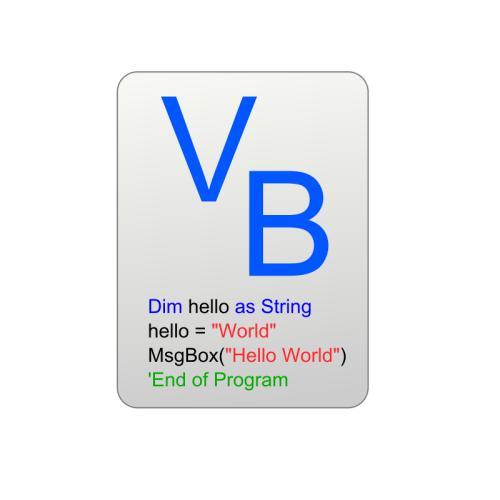The Grassmann manifold of linear subspaces is important for the mathematical modelling of a multitude of applications, ranging from problems in machine learning, computer vision and image processing to low-rank matrix optimization problems, dynamic low-rank decompositions and model reduction. With this work, we aim to provide a collection of the essential facts and formulae on the geometry of the Grassmann manifold in a fashion that is fit for tackling the aforementioned problems with matrix-based algorithms. Moreover, we expose the Grassmann geometry both from the approach of representing subspaces with orthogonal projectors and when viewed as a quotient space of the orthogonal group, where subspaces are identified as equivalence classes of (orthogonal) bases. This bridges the associated research tracks and allows for an easy transition between these two approaches. Original contributions include a modified algorithm for computing the Riemannian logarithm map on the Grassmannian that is advantageous numerically but also allows for a more elementary, yet more complete description of the cut locus and the conjugate points. We also derive a formula for parallel transport along geodesics in the orthogonal projector perspective, formulae for the derivative of the exponential map, as well as a formula for Jacobi fields vanishing at one point.
翻译:线性子空间的格拉斯曼元体对于从机器学习、计算机视觉和图像处理到低级别矩阵优化问题、动态低空分解和模型减缩等多种应用的数学建模十分重要。 通过这项工作,我们的目标是提供一份格拉斯曼元几何学基本事实和公式汇编,以适合用基于矩阵的算法解决上述问题的方式,用基于矩阵的算法处理上述问题。此外,我们从以正方形投影仪代表子空间的方法,以及当将格拉斯曼几何体视为正方形组的空格空间时,将格拉斯曼几何体视为(ortoonal)基底的等同类。这把相关研究轨道连接起来,便于这两种方法之间的简单过渡。最初的贡献包括一种修改的算法,用于在格拉斯曼以矩阵为基础的算法中计算里伊曼日志地图,这种算法在数字上更有利,但也允许更简单、更完整地描述切割岩体和锥形点。我们还绘制了一个公式的公式,用于在正态场的地图上,即正态的正态模型的模型。



